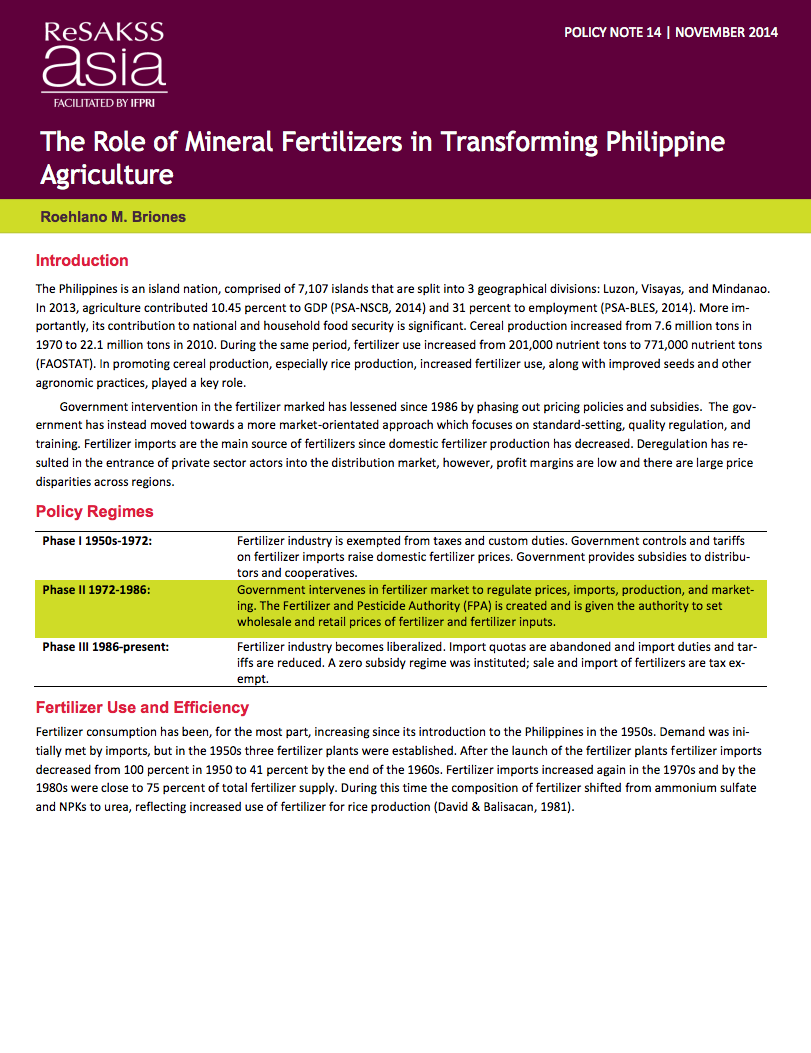Global biofuel expansion and the demand for Brazilian land: intensification versus expansion
The rapid increase in global biofuel production and consumption, particularly of ethanol, has an associated derived demand for crops to produce the necessary feedstock. This working paper assess the implications of global biofuel expansion on Brazilian land usage at the regional level.The document reveals that most of the expansion in global ethanol consumption outside the US is met by Brazilian ethanol production.












